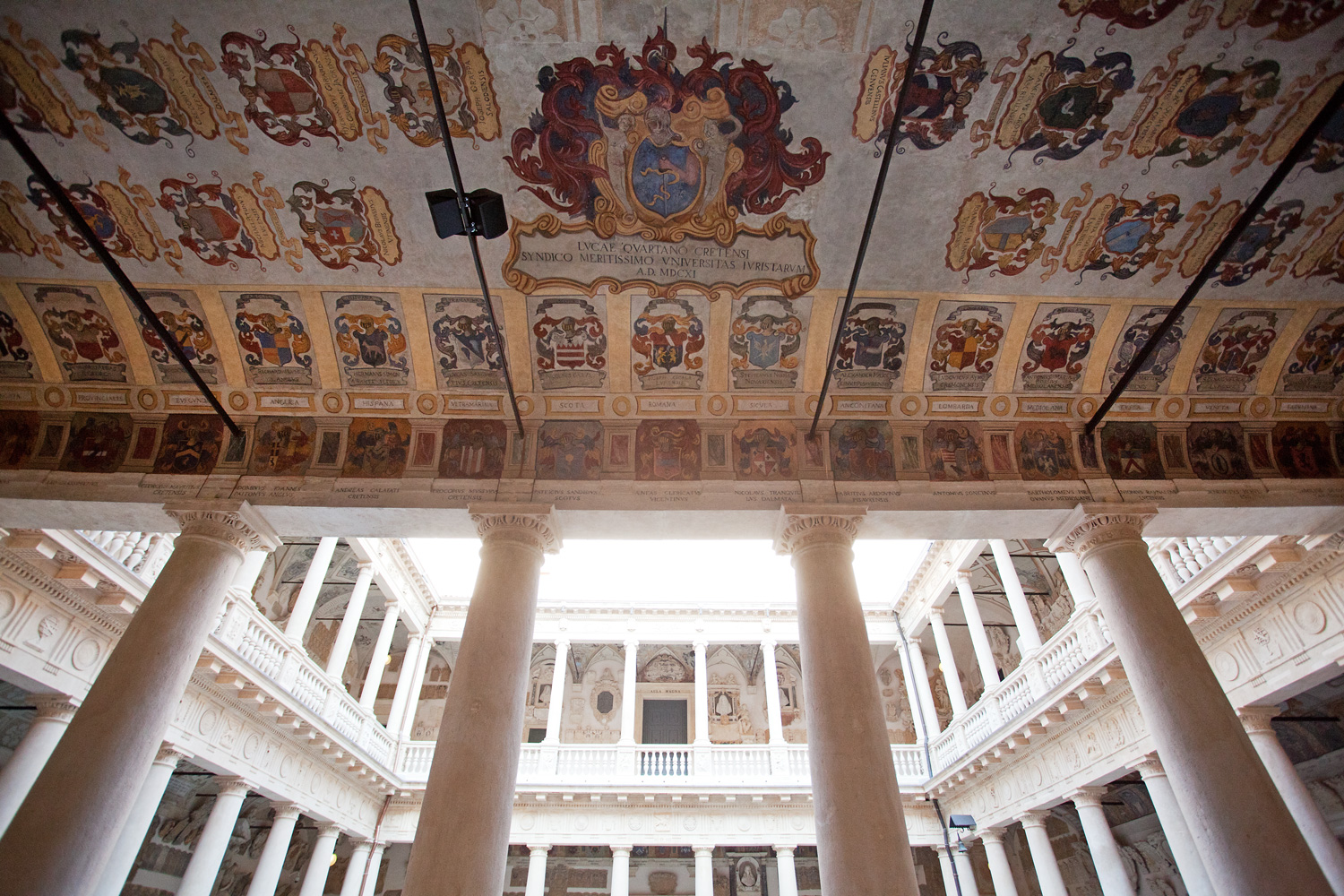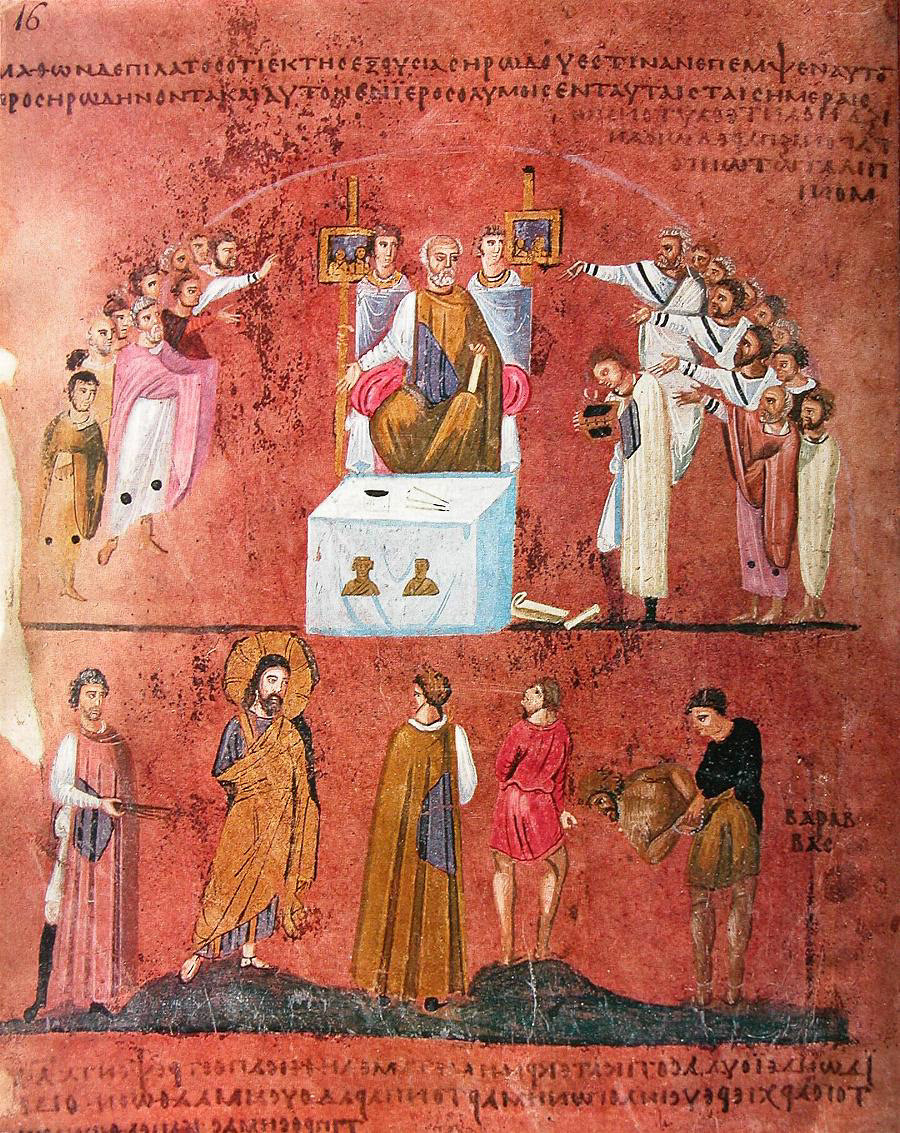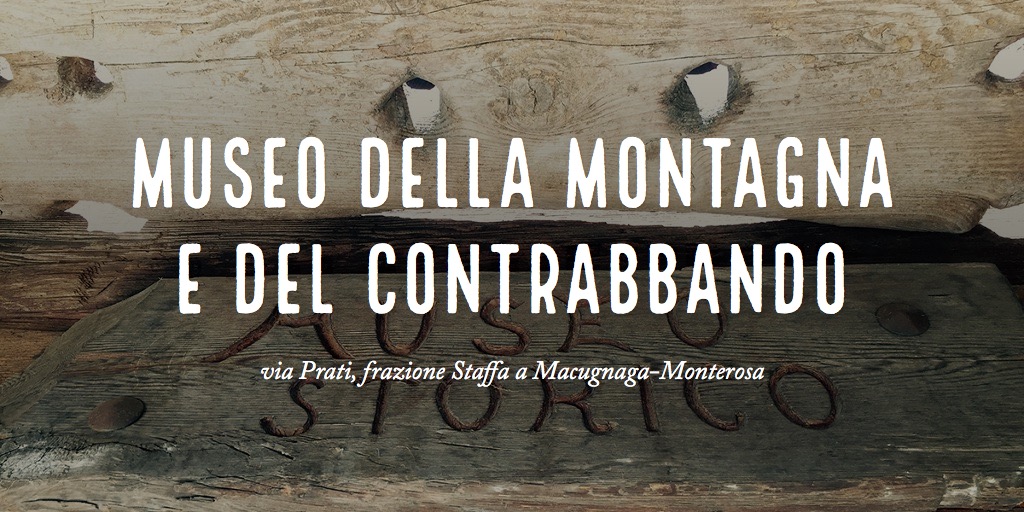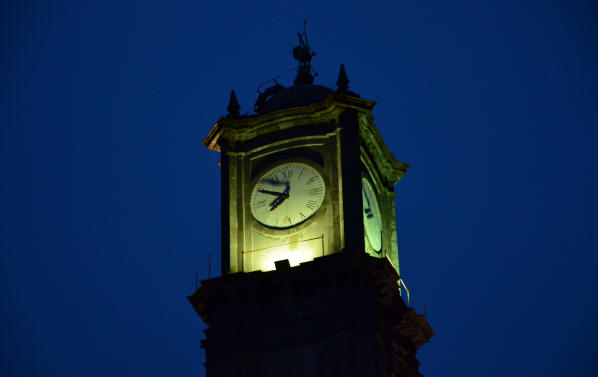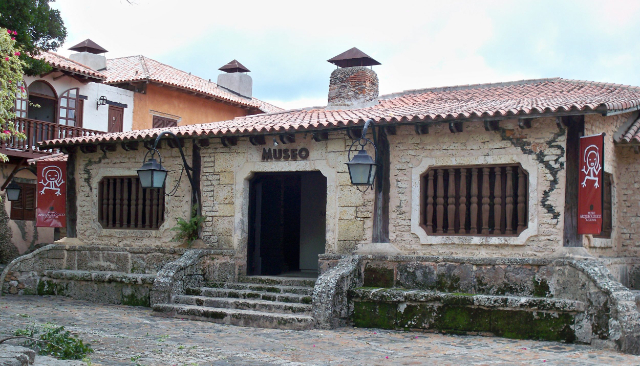The University of Padua was founded in 1222 as a school of law and was one of the most prominent universities in early modern Europe. Padua is the second-oldest university in Italy and the world’s fifth-oldest surviving university.
Since 1595, Padua’s famous anatomical theatre drew artists and scientists studying the human body during public dissections. It is the oldest surviving permanent anatomical theatre in Europe. Anatomist Andreas Vesalius held the chair of Surgery and Anatomy (explicator chirurgiae) and in 1543 published his anatomical discoveries in De Humani Corporis Fabrica. The book triggered great public interest in dissections and caused many other European cities to establish anatomical theatres.
